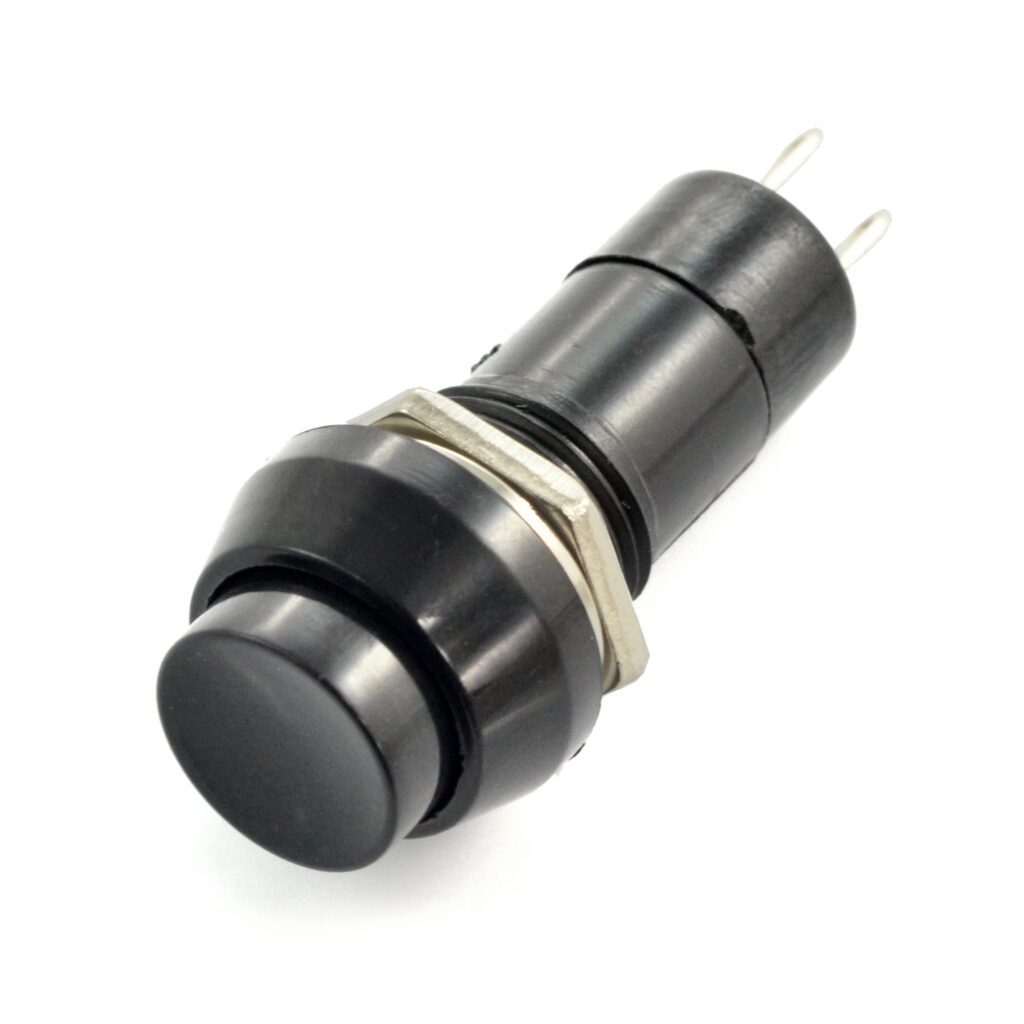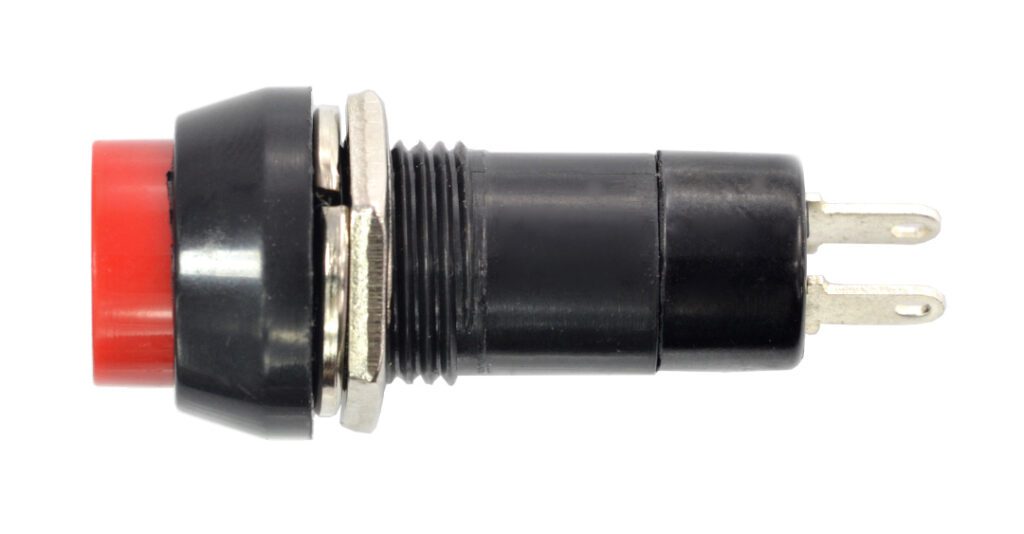Table of Contents:
Bistable switches are a specific type of switch that can operate in one of two states: off and on. Switches of this type have the ability to retain their last state, even if the power is disconnected.
What is a bistable switch?
Bistable switch
is an electronic component used to control the flow of current in various types of electrical circuits. The way the switch operates depends on its state (open or closed circuit). By pressing the button, the user opens and closes the electrical circuit, and thus power is supplied or undelivered to the power consumer.
A bistable switch is distinguished by its low power requirements, since current is drawn only when a state change occurs. In daily use, this means lower operating costs.
Application of bistable switches
Bistable switches
, also known as bistable relays, are popular components commonly used in electronics. Due to their ability to maintain one of two states (on and off) without the need for a continuous supply of energy, they stand out for their versatile application.
The bistable switch is used, among other things. In lighting systems. It allows users to turn the light on and off with a single button. Another application of bistable switches is in various types of alarm systems. In security enhancement applications, the described element is mostly used to deactivate or activate an alarm. If the system detects a threat, it remains in an active state until the user manually resets it.
Other applications of bistable switches
Bistable switches are commonly used in automatic door opening and closing systems. Solutions of this type are used, among others. In commercial buildings and public facilities. Another application is public transportation vehicles, where an automatic door opening and closing system has been implemented.
Bistable relays are also used in various types of
home automation
, from roller shutters to heating systems, garden irrigation to air conditioning. In corporate buildings, bistable switches are used in access control systems. They are the active element responsible for the operation of electronic locks. In electronic clocks, on the other hand, the bistable switch is mostly used to control the alarm function (turning the alarm on and off). Another application is GPS navigation, where bistable relays are responsible for switching between different display modes and functions.
These are only selected applications of bistable switches. Due to their characteristics, they are widely used in various types of applications requiring reliability and high energy efficiency.
Types of bistable switches
Individual bistable switches may differ in function, design, application and operating voltage. Low-voltage installations use bistable relays suitable for 12 V or 24 V operation. Lighting installations, on the other hand, mostly use bistable relays, which require 230 V. Models of this type are also used in industrial control systems.
Another division relates to functionality. A basic bistable switch is used only to disconnect and switch on an electrical circuit. Group models, on the other hand, make it possible to control, for example. light in one room and in all other rooms. The next group is sequential bistable relays, whose main distinguishing feature is the ability to control two or more circuits in a specific sequence. Selected models are also equipped with a built-in timer. A special timer allows precise programming of the circuit’s switch-off and switch-on times.
Division of bistable relays by design
Bistable switches come in two design variants. The first are mechanical models, whose mode of operation is to mechanically move the contacts responsible for conducting electricity. Electronic models, on the other hand, are distinguished by their high resistance to external factors and very quiet operation. The principle of operation of relays of this type is based on electronic switching of states (without moving parts).
Based on the method of mounting, bistable switches are divided into devices suitable for mounting in a flush-mounted box. They are usually mounted in close proximity to the control point. On the other hand, a rail-mounted bistable relay is used in switch cabinets.
The different relay models differ in their specifications and applications. The choice of a particular model depends on the requirements of the application, the voltage of the electrical system and the specifications of the system.
Bistable switch - construction
The design of bistable electronic relays is based on a system of switching between two stable states. Thanks to the use of electronic circuits (including transistors or integrated circuits), it allows switching states without the use of moving parts. In mechanical relays, on the other hand, state changes involve, among other things. conductive contacts. Physical contact of the contacts closes the circuit. No contact means that the circuit is open.
When choosing a specific model, it is worth paying attention to the electrical performance, lifetime, maximum contact resistance, lead raster and operating temperature range. Another important parameter is the strength of the dielectric, which can be expressed in the maximum safe voltage during 1 minute of operation, such as 1500 V AC / 1 minute.
How useful was this post?
Click on a star to rate it!
Average rating 0 / 5. Vote count: 0
No votes so far! Be the first to rate this post.





















